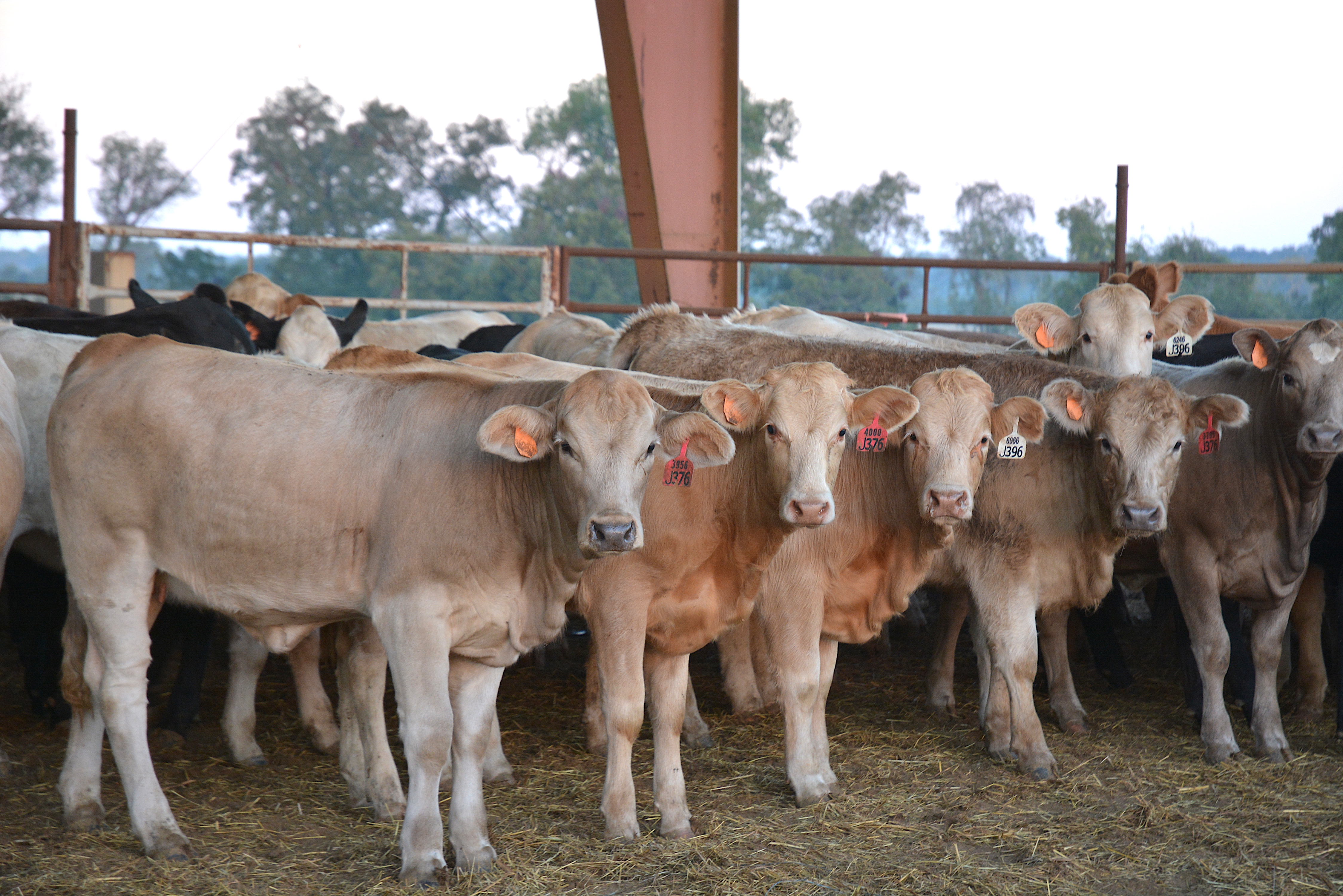Mdi Cow Calf Program

Losses caused by disease represent a major obstacle to the profitability of many cow/calf beef operations. Disease results in animal death, failure or decreased efficiency in reproduction, and decreases in growth and productivity. Some diseases exist at 'subclinical levels,' meaning signs are not observable so losses continue undetected, robbing the cow/calf operator of profits. If high levels of health are maintained, healthy cattle generally will have a higher value at sale time. It is widely agreed that prevention rather than treatment is the most economical approach to keeping disease losses low.
Treatment of a disease after its onset is not always effective and is often costly. Production losses often occur before diagnosis and treatment can be instituted. Herd health programs are designed to provide routine, p1anned procedures which will prevent or minimize disease.

MDI Cow-Calf 007. The most popular version of this product among our users is 7.0. The name of the program executable file is CCMDB.exe. The product will soon be.

Cow Calf Production
Developing A Herd Health Program Many herd health programs fail in their objectives because too much reliance is put on vaccinations and other treatments. A comprehensive herd health program recognizes vaccination as an important tool, but not a cureall. Effective programs integrate medicine and management to prevent disease. Three major factors should be considered in attempting to keep disease losses to a minimum:. Prevent Exposure to Disease. Purchase and quarantine procedures should be employed to decrease the likelihood of disease introduction into the existing herd.
In high intensity operations, increasing confinement means increasing exposure to disease-causing organisms that exist in all groups of animals. Such operations need more intensive preventive programs. Keep Disease Resistance High. Nutrition, management, and housing programs should be designed to keep resistance to disease high at all times.
Preventing or minimizing animal stress is a necessity for maintaining good resistance. In addition to these measures, resistance to specific diseases can sometimes be accomplished by vaccination. If Disease Occurs, Prevent its Spread. Segregate affected animals immediately. Have a diagnosis made, and take recommended action as soon as possible. Herd health programs must be tailored to each individual production situation.
Performance of procedures should be grouped because cattle handling is expensive, time consuming, and stressful to cattle. In some cases, the cost of performing a procedure may outweigh the benefits gained.
Every procedure should be evaluated in terms of its potential to be cost-beneficial. Veterinarians can be of tremendous help in establishing and maintaining health programs. They keep current with new developments in disease occurrence and in procedures available to prevent and treat diseases.
Knowledge and experience enable them to help tailor programs that are based on the goals, capabilities, and situations present on given farms. Calendar For A Herd-Health Program In The Beef Cow/Calf Operation This program is based on handling cows twice a year and calves twice a year, along with administering some procedures to newborn calves. Times are given in relation to the time of the production cycle rather than calendar dates so that the program may be adapted for a calving season that begins any time of the year. Herd health programs and other cattle management procedures work best when calving is confined to a 60-90 day period. Virginia Cooperative Extension programs and employment are open to all, regardless of age, color, disability, gender, gender identity, gender expression, national origin, political affiliation, race, religion, sexual orientation, genetic information, veteran status, or any other basis protected by law. An equal opportunity/affirmative action employer.
Issued in furtherance of Cooperative Extension work, Virginia Polytechnic Institute and State University, Virginia State University, and the U.S. Department of Agriculture cooperating. Jones, Director, Virginia Cooperative Extension, Virginia Tech, Blacksburg; M.
Cow Calf 5 Software
Ray McKinnie, Administrator, 1890 Extension Program, Virginia State University, Petersburg.